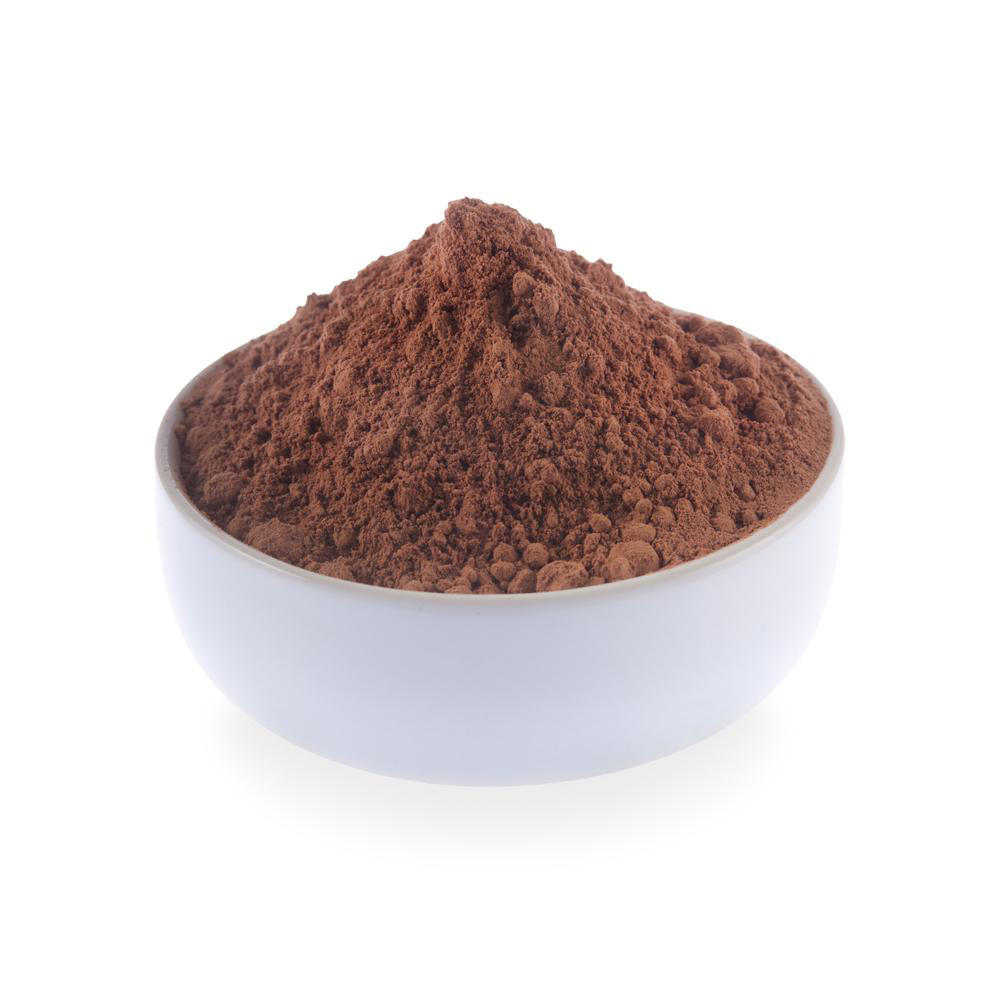
Ĭocoa powder is used in many different foodstuffs, made with different manufacturing processes, requiring different shelf-lives, and having different moisture contents. Also, the bacteria will be protected in the stomach against its natural acidity when chocolate is eaten. The fat gives them good protection and it has been shown that Salmonella can live for months in chocolate. īacteria which are present in cocoa mass are surrounded by fat during the grinding process. Salmonella bacteria can thus be found on crude cocoa beans. Īfter fermentation, the cocoa beans are dried in the open air, allowing contamination with bird droppings. These may interfere with the sterilization process of chocolate milk. ĭuring fermentation the temperature goes up to 50 ☌, which leaves thermoresistant spores on the bean. Ĭocoa beans undergo a fermentation process, which leaves very high bacteria counts on the bean shell. In the case of cocoa powder this can only be fulfilled when maintaining strict good manufacturing practices, the reason being that there are a number of problems which put cocoa powder in a high-risk category: Such a product should have the necessary quality aspects to meet the needs of the user, regarding microbiology, consistency, purity, and other factors. Most of the cocoa powder produced is sold as an ingredient to other food manufacturers. However, most cocoa powder reaches the consumer as a color and flavor in other products, like dessert powders, sterilized chocolate milk, chocolate cake, icecream, etc. “Dutched” cocoa can come in shades ranging from light brown to near black each with their own mild flavor profiles.Ĭocoa powder is sold in retail packages to consumers. The effect is a cocoa powder with a less bitter and astringent tone and one that is milder in flavor and darker in color than traditional cocoa powder. This has the effect of reducing the levels of astringent, bitter phenolics, and the roasted, caramel-like molecules (pyrazines, thiazoles, pyrones, and furaneol). The process effectively raises the cocoa's pH to between 7 and 8. 
This treatment is sometimes called “dutching” after its inventor-Conrad van Houten-the Dutch chocolatier. Sometimes (especially in Europe and the United States), cocoa beans are treated, either before or after roasting, with an alkaline substance like potassium carbonate after which they are ground into cocoa powder. It is also very versatile in both cooking and chocolate making, it also has a pH of around 5 ( McGee, 2004 Wolfe and Shazzie, 2005). As a result, cocoa powder is the most concentrated version of chocolate there is. These solid particles (the cocoa powder) are the basis of chocolate's flavor (and not as one might imagine-the cocoa butter). As the pressing does not remove all the cocoa butter, so the particles remain coated with a thin layer of cocoa butter, all in all fat content of cocoa powder varies from 8% to 26%. Pat Newsham, in Food Science and the Culinary Arts, 2018 17.5 Cocoa PowderĬocoa powder is produced from the slabs of roasted cocoa bean particles left behind when cocoa butter is extracted.





 0 kommentar(er)
0 kommentar(er)
